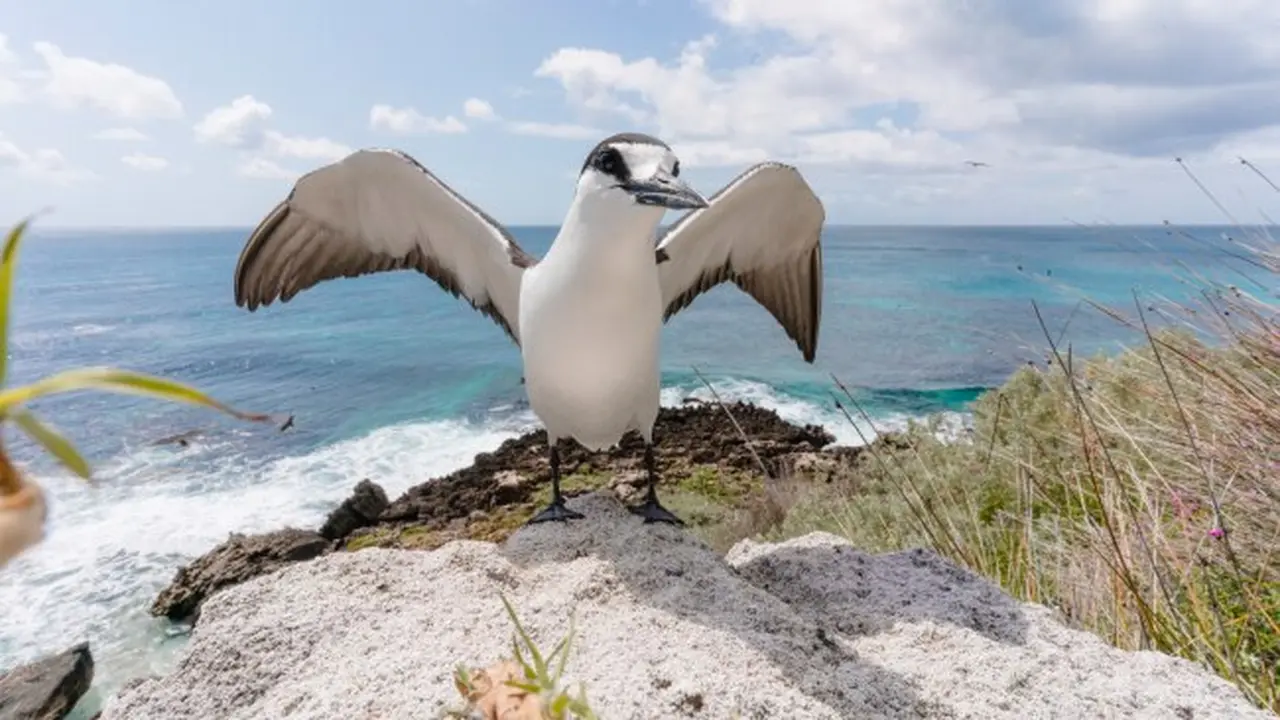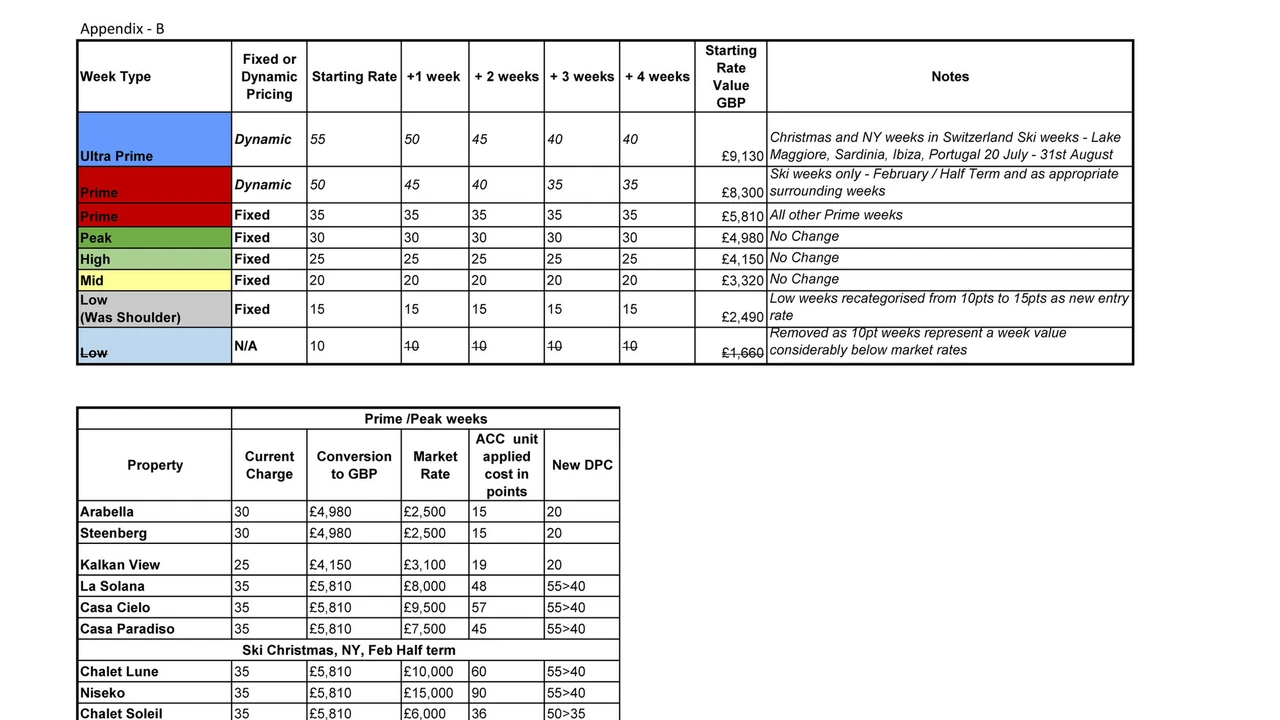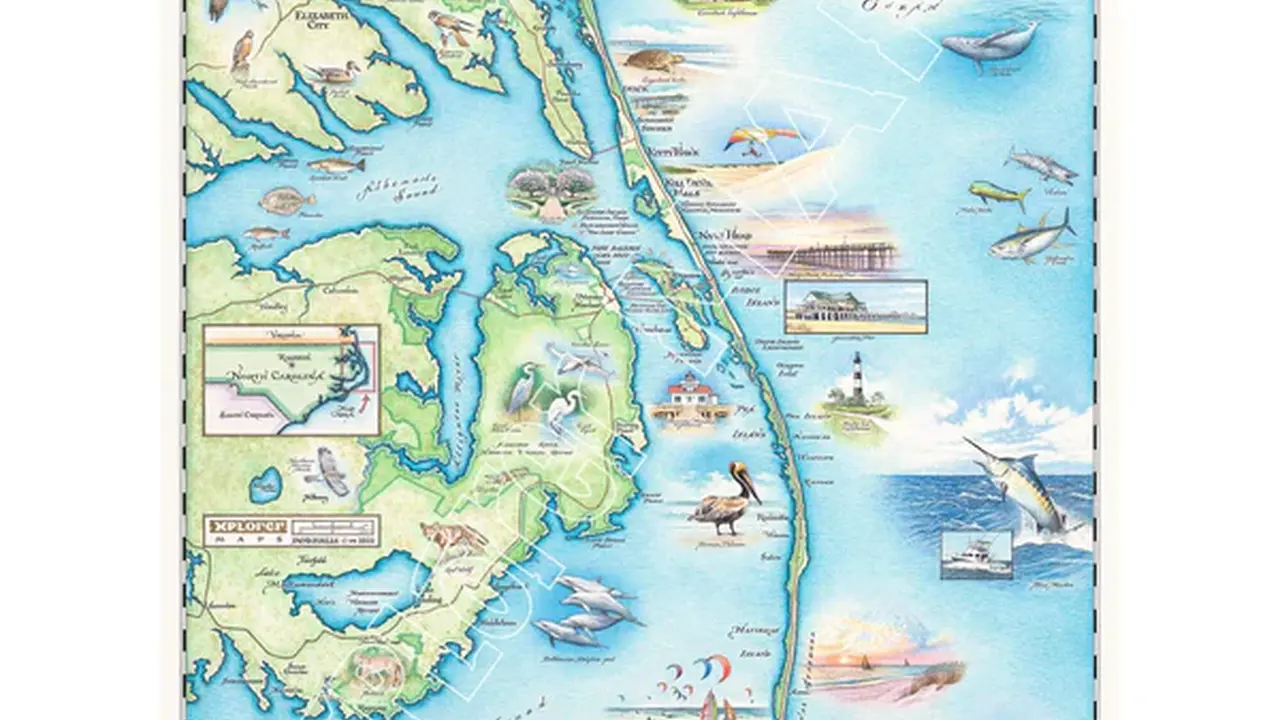8 Coastal Birdwatching Locations with Unique Avian Species
Explore 8 coastal birdwatching locations with unique avian species, perfect for nature enthusiasts and bird lovers.

Introduction: Coastal Birdwatching Paradise
Hey bird lovers! Are you ready to trade in your binoculars for a coastal adventure? The world's coastlines are teeming with incredible avian life, offering some of the most spectacular birdwatching opportunities you can imagine. From rare migratory birds to unique coastal species, these locations are a must-visit for any bird enthusiast. So, grab your gear, and let's dive into 8 amazing coastal birdwatching locations!
1. Point Pelee National Park, Ontario, Canada: A Migratory Hotspot
Point Pelee, a small peninsula extending into Lake Erie, is a legendary spot for bird migration. During the spring and fall, millions of birds stop here, making it a birdwatcher's dream. You'll find everything from warblers to raptors, all passing through this crucial stopover point.
Best Time to Visit: Spring (May) and Fall (September-October)
What to Expect: Huge diversity of migratory birds, especially warblers, flycatchers, and thrushes. Bring your binoculars, a field guide, and be prepared for crowds during peak migration times.
2. Cape May, New Jersey, USA: Hawk Migration Central
Cape May is famous for its impressive hawk migration. Each fall, thousands of raptors, including eagles, hawks, and falcons, funnel through this coastal area. It's an incredible sight to see these majestic birds soaring overhead.
Best Time to Visit: Fall (September-November)
What to Expect: Large numbers of migrating hawks, eagles, and falcons. The Cape May Bird Observatory offers guided tours and hawk watches.
3. Skagit Valley, Washington, USA: Snow Geese Galore
Skagit Valley is a winter haven for snow geese. Thousands of these beautiful white birds gather in the fields, creating a stunning spectacle. The valley also hosts other waterfowl and raptors.
Best Time to Visit: Winter (November-March)
What to Expect: Huge flocks of snow geese, as well as other waterfowl and raptors. The Skagit Wildlife Area offers excellent viewing opportunities.
4. Donna Bay National Estuarine Research Reserve, Florida, USA: Roseate Spoonbills and More
Donna Bay, on the Gulf Coast of Florida, is a place where you can see roseate spoonbills. These pink birds are really cool to see up close and in person. It's a great place to see all sorts of wading birds.
Best Time to Visit: Year-round, but especially good in spring and fall.
What to Expect: Lots of wading birds like the aforementioned roseate spoonbills, plus herons and egrets. There are trails and viewing platforms too.
5. Sungei Buloh Wetland Reserve, Singapore: A Southeast Asian Bird Sanctuary
Sungei Buloh is a crucial stopover point for migratory birds in Southeast Asia. This wetland reserve attracts a wide variety of shorebirds, waders, and raptors. It's a fantastic place to see birds from around the world.
Best Time to Visit: Winter (November-March)
What to Expect: Diverse range of migratory shorebirds, waders, and raptors. The reserve has well-maintained trails, observation hides, and educational exhibits.
6. Mai Po Marshes, Hong Kong: A Birdwatcher's Paradise
Mai Po Marshes is another vital wetland area in Southeast Asia. This reserve is home to a wide variety of birds, including many endangered species. It's a must-visit for birdwatchers in the region.
Best Time to Visit: Winter (November-March)
What to Expect: Large numbers of migratory birds, including shorebirds, ducks, and geese. The reserve offers guided tours and birdwatching hides.
7. Fraser River Delta, British Columbia, Canada: Shorebird Spectacle
The Fraser River Delta is a major stopover point for shorebirds migrating along the Pacific Flyway. Millions of birds stop here to rest and refuel, creating an incredible spectacle. You'll see everything from sandpipers to plovers.
Best Time to Visit: Spring (April-May) and Fall (August-September)
What to Expect: Huge flocks of migratory shorebirds, especially sandpipers, plovers, and dunlin. The Reifel Migratory Bird Sanctuary is a popular spot for birdwatching.
8. Dry Tortugas National Park, Florida, USA: Sooty Terns and Noddy Terns
Dry Tortugas National Park, located about 70 miles west of Key West, is home to large colonies of sooty terns and noddy terns. These birds nest on Bush Key, creating a unique birdwatching experience.
Best Time to Visit: Spring and Summer (April-August)
What to Expect: Large colonies of sooty terns and noddy terns, as well as other seabirds. Access to the park is by boat or seaplane.
Birdwatching Gear Recommendations for Your Coastal Adventures
Okay, you know where to go. But what do you *bring*? Here's some gear to consider:
Binoculars: Vortex Optics Diamondback HD 8x42
Description: These binoculars offer excellent clarity and brightness for the price. They're durable, waterproof, and fog proof, making them perfect for coastal conditions.
Usage Scenario: General birdwatching, identifying birds at a distance.
Comparison: Compared to cheaper models, the Diamondback HD provides superior image quality and durability. Compared to high-end models, they offer excellent value for the price.
Price: Around $250.
Spotting Scope: Celestron Ultima 80
Description: A spotting scope is essential for observing birds at long distances. The Celestron Ultima 80 offers good magnification and clarity in a relatively compact package.
Usage Scenario: Observing distant birds, such as shorebirds or raptors.
Comparison: Compared to smaller scopes, the Ultima 80 provides better magnification and light gathering. Compared to larger, more expensive scopes, it's more portable and affordable.
Price: Around $350.
Field Guide: National Geographic Field Guide to the Birds of North America
Description: A good field guide is essential for identifying birds. The National Geographic guide is comprehensive, accurate, and easy to use.
Usage Scenario: Identifying birds in the field, learning about their habits and habitats.
Comparison: Compared to regional guides, this guide covers all of North America. Compared to older guides, it's more up-to-date and includes more detailed information.
Price: Around $25.
Camera: Canon EOS Rebel T7 with a Telephoto Lens
Description: If you want to capture stunning photos of birds, a good camera with a telephoto lens is essential. The Canon EOS Rebel T7 is a great entry-level DSLR, and a 75-300mm lens will get you started.
Usage Scenario: Photographing birds in their natural habitat.
Comparison: Compared to smartphone cameras, a DSLR offers much better image quality and zoom capabilities. Compared to more expensive DSLRs, the Rebel T7 is more affordable and easier to use.
Price: Around $500 (with lens).
Clothing: Moisture-Wicking Shirt and Comfortable Hiking Pants
Description: Layering is key for coastal birdwatching. A moisture-wicking shirt will keep you comfortable in warm weather, and comfortable hiking pants will protect you from the elements.
Usage Scenario: Staying comfortable while birdwatching in various weather conditions.
Comparison: Compared to cotton clothing, moisture-wicking fabrics dry faster and keep you cooler. Compared to jeans, hiking pants are lighter and more comfortable for long walks.
Price: Varies depending on brand and style.
Final Thoughts: Go Explore!
So, there you have it – 8 incredible coastal birdwatching locations and some gear recommendations to get you started. Whether you're a seasoned birder or just starting out, these locations offer something for everyone. Grab your binoculars, pack your bags, and get ready for an unforgettable adventure!
:max_bytes(150000):strip_icc()/277019-baked-pork-chops-with-cream-of-mushroom-soup-DDMFS-beauty-4x3-BG-7505-5762b731cf30447d9cbbbbbf387beafa.jpg)





